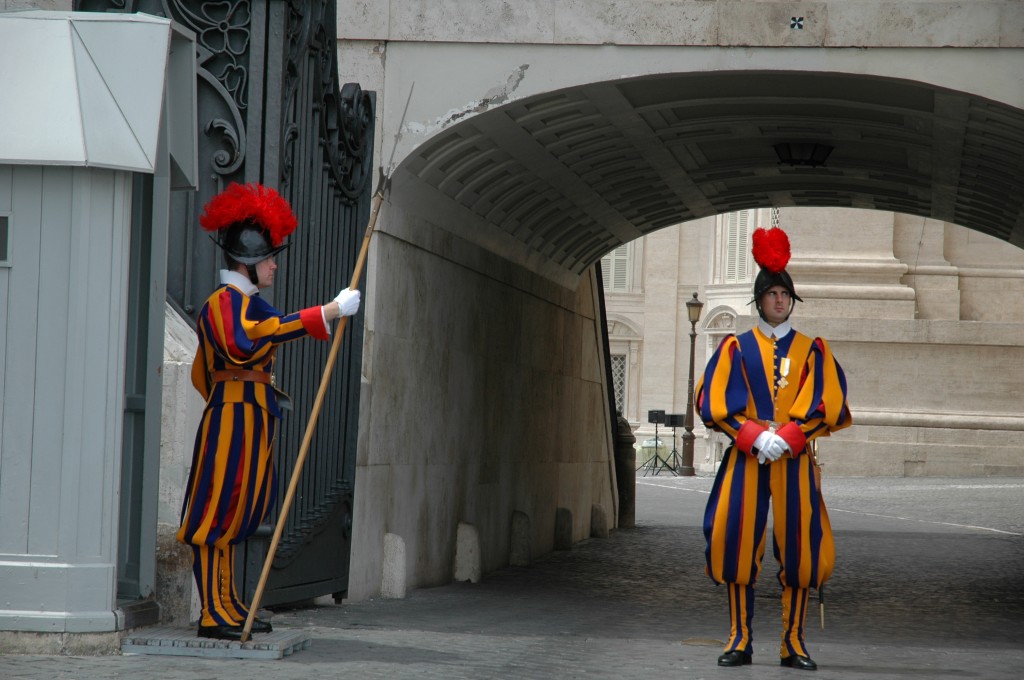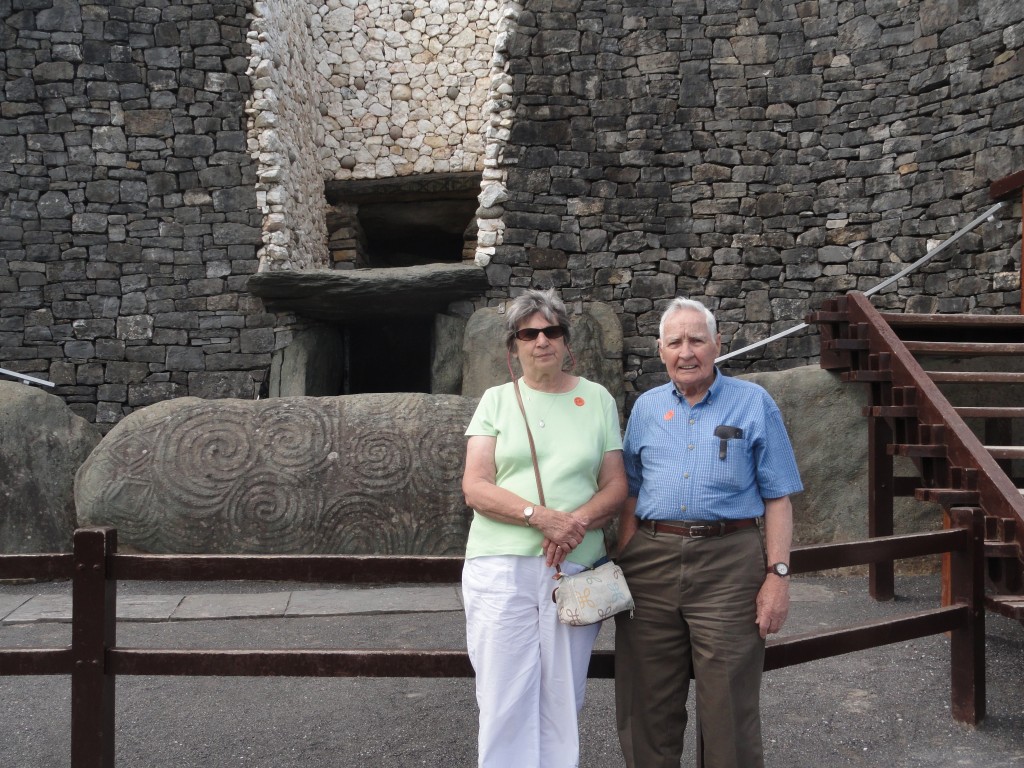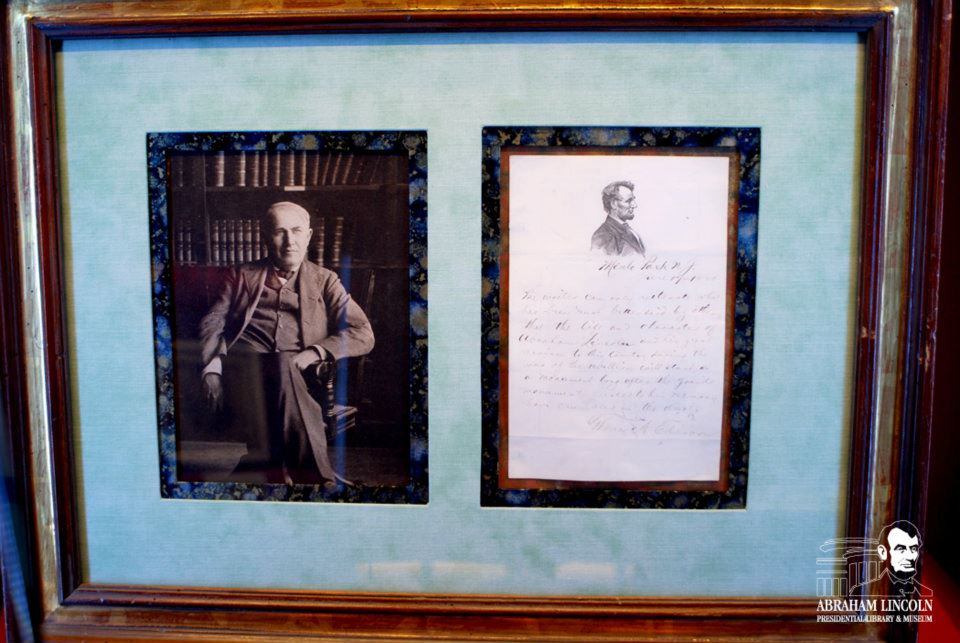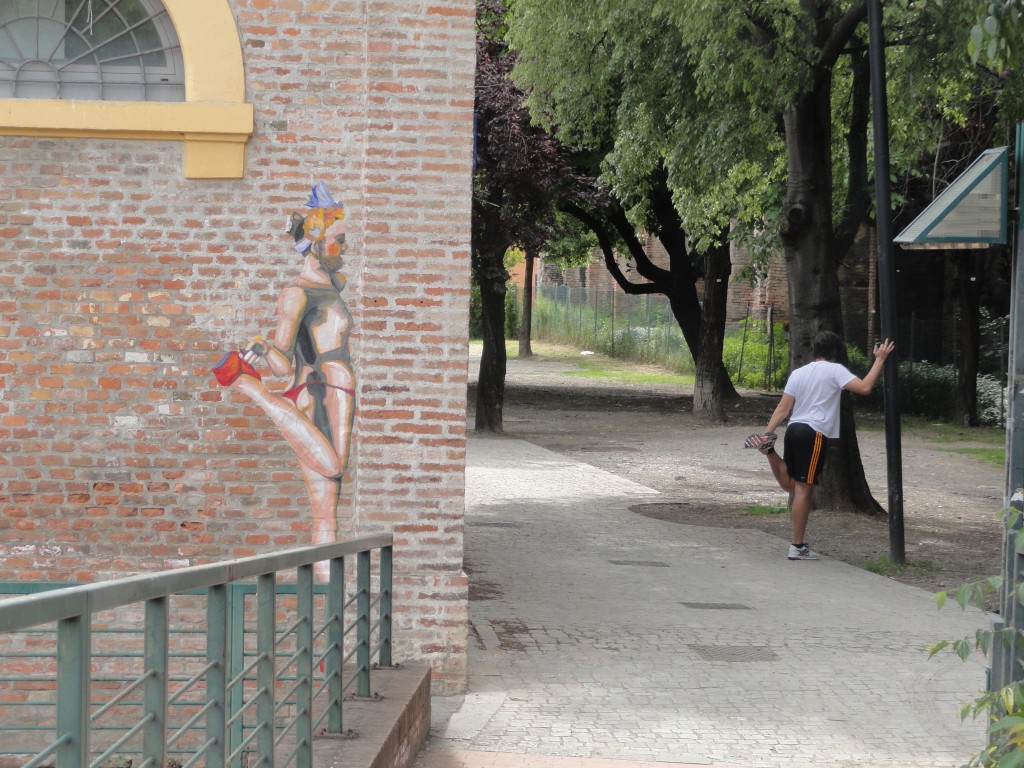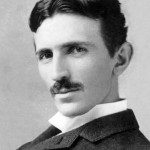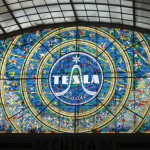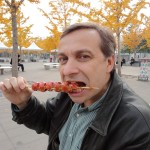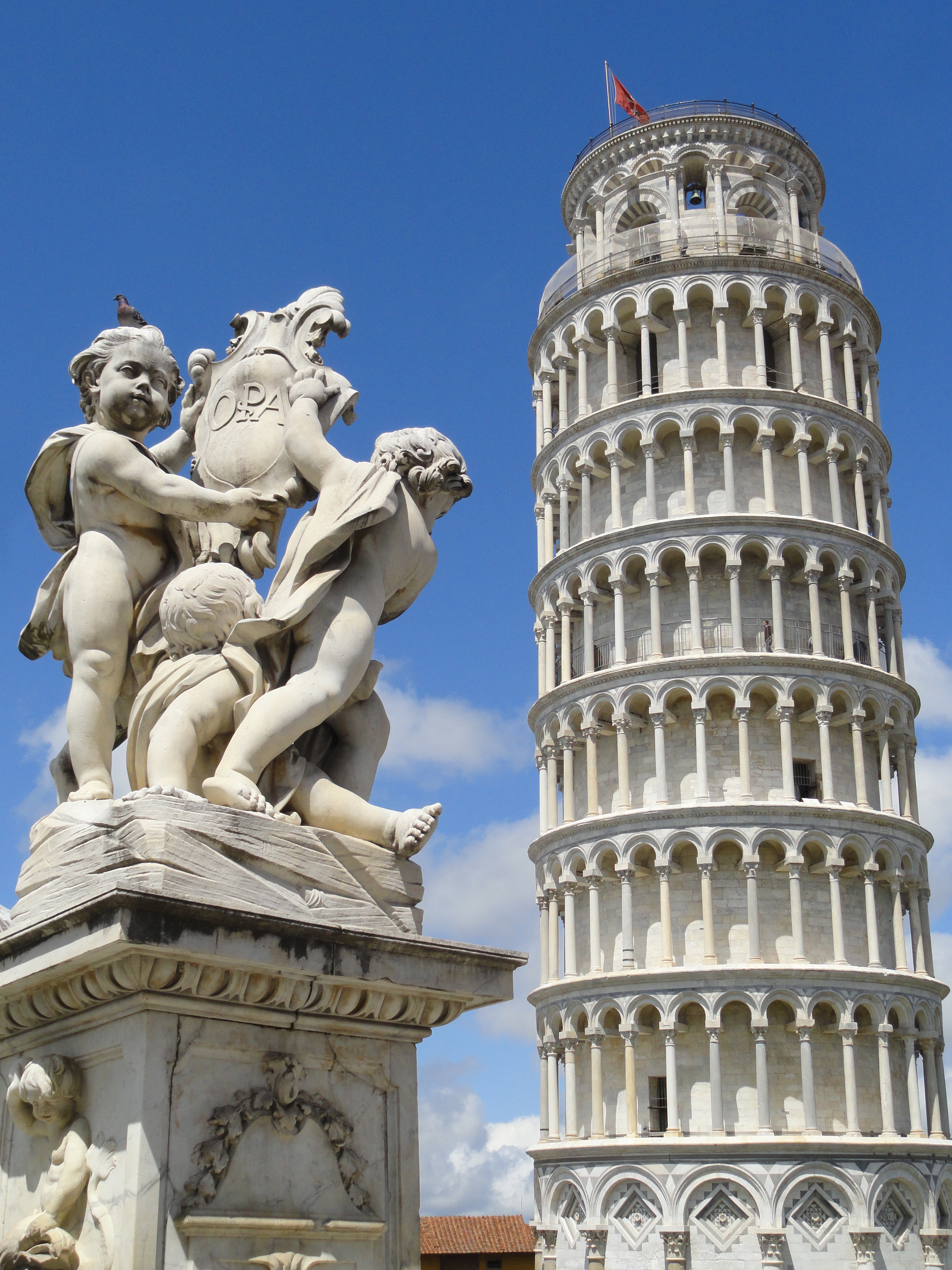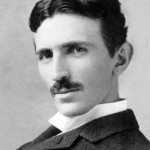 Nikola Tesla was more than a little germaphobic. Before eating he would use one of his required 18 napkins* to gently wipe the germs off of each piece of silverware, china and glassware. He commonly wore soft leather gloves and refused to shake hands with anyone. On the rare occasions that he was unable to avoid a handshake he would quickly excuse himself and rush off to the washroom to cleanse the offending germs off his hand.
Nikola Tesla was more than a little germaphobic. Before eating he would use one of his required 18 napkins* to gently wipe the germs off of each piece of silverware, china and glassware. He commonly wore soft leather gloves and refused to shake hands with anyone. On the rare occasions that he was unable to avoid a handshake he would quickly excuse himself and rush off to the washroom to cleanse the offending germs off his hand.
How did he get this way?
Prone to idiosyncratic behavior, Tesla’s fear of germs began after he observed through a microscope the many microscopic creatures found in normal drinking water. About the experience Tesla would later write to Robert Underwood Johnson:
“If you would watch only for a few minutes the horrible creatures, hairy and ugly beyond anything you can conceive, tearing each other up with the juices diffusing throughout the water – you would never again drink a drop of unboiled or unsterilized water.”
After reading that, I’m not so sure I can look at a glass of water the same way again.
* Tesla was also obsessed with doing everything in multiples of three, hence the 18 napkins, 27 laps around the pool, 3 times around the block, etc., etc., etc.
The passage above is a modified excerpt from Chapter 3: The Odd Mr. Tesla in my book, Tesla: The Wizard of Electricity. The book is now into its 8th printing with translations around the world.
See other Tesla posts here.
David J. Kent is an avid science traveler and the author of Lincoln: The Man Who Saved America, now available. His previous books include Tesla: The Wizard of Electricity and Edison: The Inventor of the Modern World (both Fall River Press). He has also written two e-books: Nikola Tesla: Renewable Energy Ahead of Its Time and Abraham Lincoln and Nikola Tesla: Connected by Fate.
Check out my Goodreads author page. While you’re at it, “Like” my Facebook author page for more updates!
Follow me by subscribing by email on the home page. Share with your friends using the buttons below.



